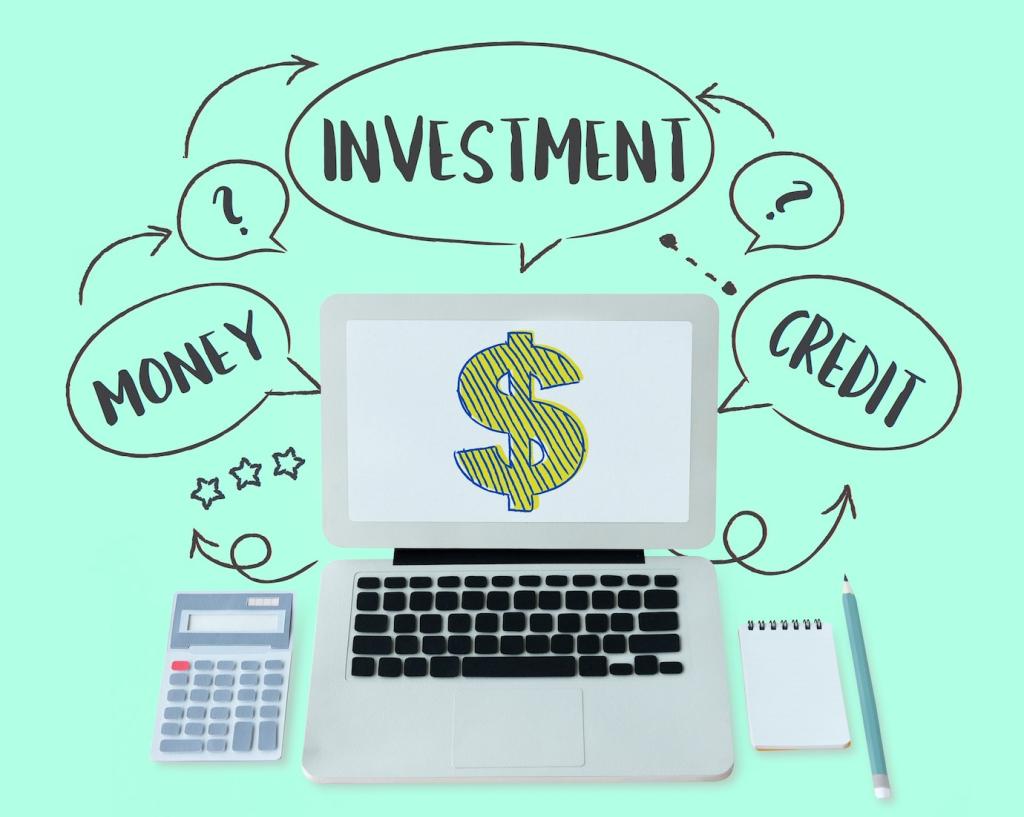How FinTech Turns Purchases into Patterns
With customer consent, open banking connects accounts and cards, linking coffee runs, fuel stops, and grocery trips into a coherent picture. Suddenly, what felt like noise becomes a rhythm you can read, compare, and adjust. Tell us: which category surprised you most when you first viewed your spending dashboard?
How FinTech Turns Purchases into Patterns
Behind every neat pie chart sit classifiers that reconcile messy merchant names, duplicate IDs, and odd descriptors. The best systems learn regional quirks—your neighborhood market’s nickname or a café’s in-store kiosk—so trends reflect reality. Comment if you have ever corrected a category and watched your insights sharpen instantly.






